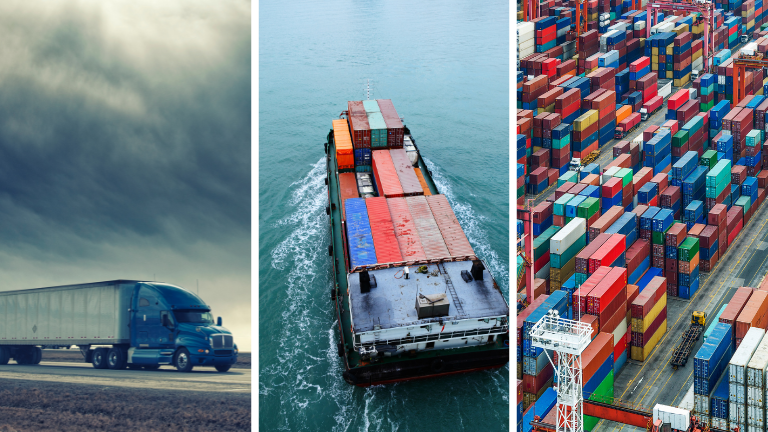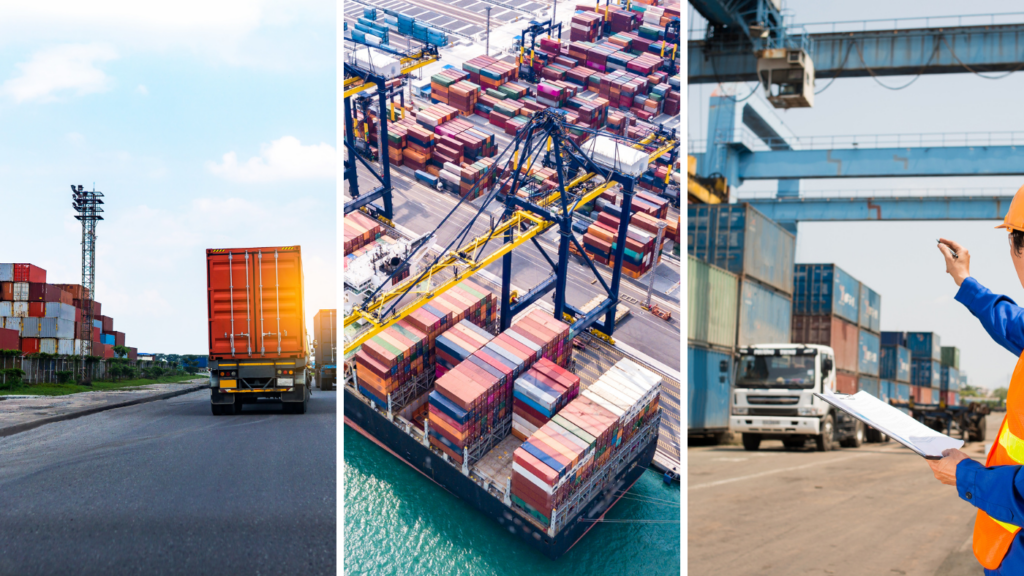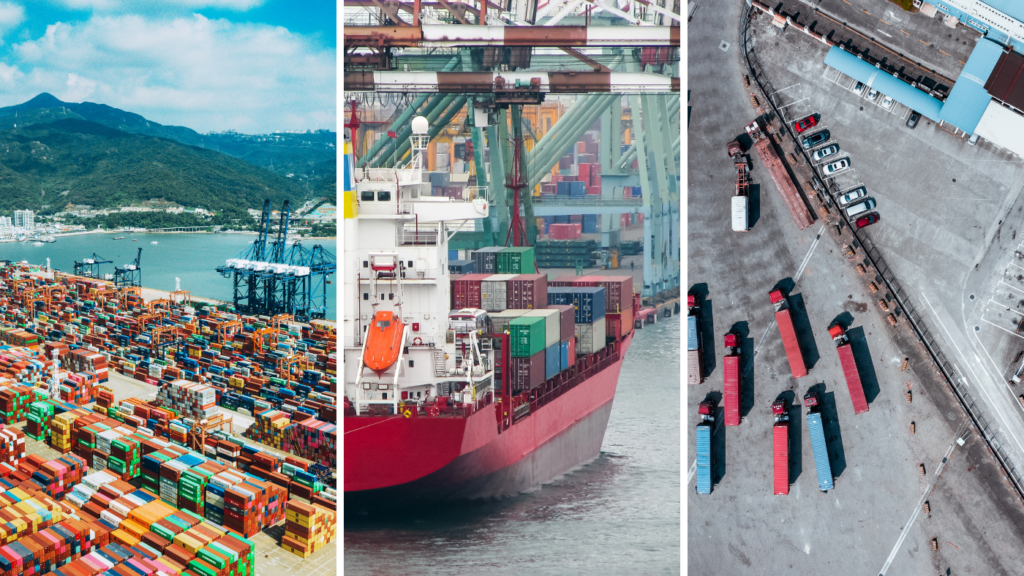Air Waybill (AWB)
Introduction to Air Waybill (AWB)
An Air Waybill (AWB) is a critical document in air cargo transportation. It not only serves as a receipt for the shipped goods but also contains vital information about the shipment. Unlike a bill of lading in sea freight, an AWB is non-negotiable. It’s a standardized form that provides specific details about the shipment to everyone involved in its transport, from origin to final destination.


Functions of an AWB
The AWB performs several important functions:
- Receipt of Goods: It acts as proof that the airline has received the goods in the described condition and quantity.
- Contract of Carriage: It contains the terms and conditions of the shipment, essentially forming the contract between the shipper and the carrier.
- Freight Bill: The AWB specifies the applicable charges for the shipment, serving as a bill for the services provided by the carrier.
- Customs Declaration: In international shipments, the AWB can be used for customs declaration during the importation process.
Key Components of an AWB
An AWB comprises several pieces of essential information:
- Shipper’s and Consignee’s Details: Names, addresses, and contact information.
- Airport of Departure and Destination: Specifies the origin and the final location.
- Description of Goods: Details about the type, quantity, and weight of the cargo.
- Handling Information: Special instructions or requirements for handling the cargo.
- Charges: Breakdown of all charges associated with the shipment.


Differences between AWB and House Air Waybill (HAWB)
In the realm of air freight, there’s also the House Air Waybill (HAWB):
- Issuance: While an AWB is issued by the main carrier of the goods (typically the airline), a HAWB is issued by a freight forwarder.
- Details: The AWB covers the main carriage from airport to airport, while the HAWB might provide more granular details, especially if a freight forwarder consolidates multiple smaller shipments into one.
- Usage: An AWB is used for the entire transit, whereas the HAWB is primarily for the sections of transport managed by the freight forwarder.
The Significance of AWBs in Modern Trade
Given the accelerated pace of global trade, AWBs play a pivotal role:
- Efficiency: With an AWB, cargo handling becomes efficient since all required information is readily available.
- Security: It provides traceability and accountability, ensuring that goods reach their intended destination in the stipulated condition.
- Customs Clearance: In many countries, the AWB is integral for swift customs clearance, minimizing delays.
- Digital Transition: Electronic Air Waybills (e-AWB) are becoming more prevalent, further enhancing the speed and efficiency of air cargo processes.

Disclaimer: This article provides a foundational overview of the Air Waybill. It does not constitute legal or formal business advice. For detailed and specific situations, consulting with legal or logistics professionals is recommended.
Contact Us
The world of logistics is complex and full of technical, financial, and business elements. The logistics experts at Phoenix International deliver top-quality freight forwarding service, supported by powerful technology and decades of experience. Contact us and let us know how we can help you!
